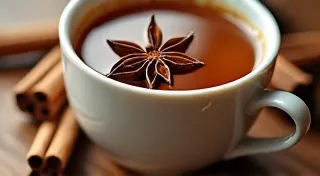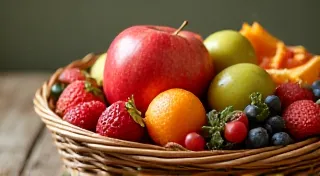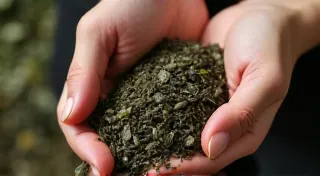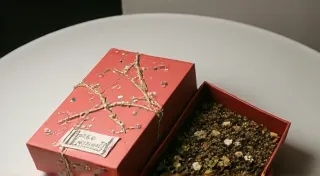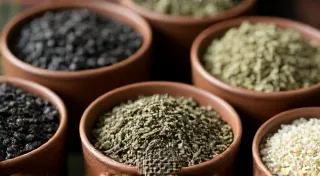Pairing Tea Blends with Food: A Flavor Guide
Elevating a meal isn’t just about the food itself; it’s about the overall experience. And what better way to enhance that experience than with a carefully chosen tea blend? Just like wine pairing, tea blending and food pairing is an art. Understanding how different flavors interact can transform a simple meal into a gourmet delight. This guide explores the exciting world of tea and food pairing, offering inspiration for your own artisan tea blending and providing delicious combinations to try. Whether you've been blending your own teas for years or are just starting, this will give you a new way to appreciate and share your blends.
Understanding the Basics of Tea & Food Pairing
Before we dive into specific pairings, let's discuss some fundamental principles. Think of tea and food pairing as a dance – the flavors need to complement and enhance each other, not clash. Here are a few key considerations:
- Balance: Consider the intensity of both the food and the tea. A delicate pastry pairs better with a subtle tea than a robust black tea.
- Complementary Flavors: Look for shared flavor profiles. Citrus notes in a food can be beautifully echoed by a citrus-infused tea. Spices found in a dish can be enhanced by similar spices in the tea blend.
- Contrasting Flavors: Sometimes, opposites attract. A sweet dessert can be wonderfully balanced by a slightly bitter or astringent tea.
- Acidity: Acidic foods (like salads with vinaigrette or tomato-based dishes) often pair well with teas that have a natural astringency or slight bitterness to cut through the richness.
- Fat Content: Rich, fatty foods benefit from teas that are slightly bitter or astringent. This helps cleanse the palate.
Tea Categories and Their Pairing Potential: It's helpful to understand how different tea types generally perform. The foundational choice of a tea base is incredibly important for creating a nuanced and balanced blend, as it sets the stage for all other flavors.
- Black Teas: Typically bold and malty, black teas pair well with heartier meals, spiced dishes, and even desserts with caramel or chocolate notes. Consider blends with cinnamon, cloves, or ginger.
- Green Teas: Their grassy, vegetal notes are refreshing and pair beautifully with lighter meals, salads, seafood, and sushi. A green tea with lemongrass or mint would be a superb choice.
- White Teas: Delicate and subtly sweet, white teas are ideal for lighter breakfasts, fruit salads, or delicate pastries.
- Oolong Teas: Offering a wide range of flavors depending on oxidation, oolongs can be paired with a broad spectrum of foods, from savory appetizers to creamy desserts.
- Herbal Teas (Tisanes): The possibilities here are endless! Consider the specific herbs and their flavors – chamomile for relaxation, peppermint for digestion, and rooibos for a naturally sweet and earthy experience.
Specific Tea Blends & Food Pairings
Now, let's get to the delicious part – specific pairings!
Breakfast & Brunch
Pastries & Croissants: A light white tea with subtle floral notes, or a delicate green tea with jasmine, is the perfect companion. Alternatively, a black tea with vanilla and orange peel adds warmth and richness.
Pancakes & Waffles: A spiced black tea with maple syrup notes (cinnamon, nutmeg, vanilla) amplifies the sweetness and cozy feeling.
Smoked Salmon & Bagel: A bright green tea with lemon and ginger cuts through the saltiness and adds a refreshing element.
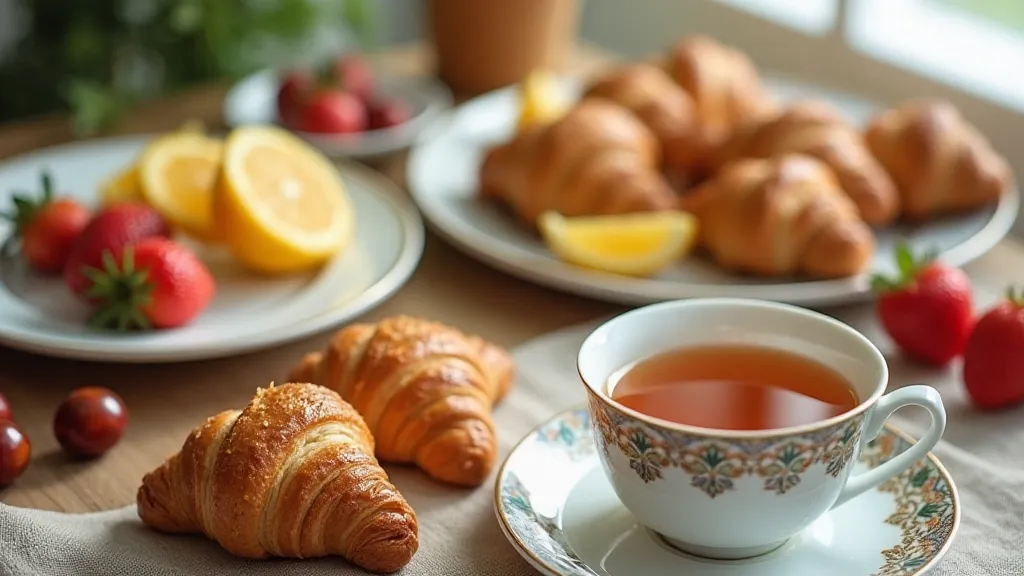
Lunch & Light Meals
Salads (especially with vinaigrette): A slightly astringent green tea or oolong helps balance the acidity of the vinaigrette. Many aspiring blenders find themselves making mistakes early on; exploring common mistakes to avoid when blending tea can be a critical step in producing a truly excellent final product.
Sushi & Sashimi: A clean and refreshing green tea (sencha or gyokuro) highlights the delicate flavors of the fish.
Grilled Chicken or Fish: An oolong tea with a hint of bergamot (like Earl Grey, but with a more complex flavor profile) adds sophistication.
Dinner & Heartier Meals
Roasted Vegetables: A robust black tea with earthy notes (like a smoked tea or a blend with root vegetables) creates a harmonious pairing.
Spiced Curries: A masala chai (Indian spiced black tea) is a natural and comforting choice, enhancing the warmth and complexity of the curry.
Beef Stew: A full-bodied black tea with notes of dark chocolate and cherry complements the richness of the stew.
Desserts
Chocolate Cake: A black tea with chocolate or cherry notes, or even a rooibos tea with cocoa nibs, creates a decadent pairing.
Fruit Tart: A white tea or green tea with a subtle sweetness highlights the fruit's natural flavors.
Cheesecake: A slightly bitter oolong tea cuts through the richness of the cheesecake, preventing it from feeling too heavy.
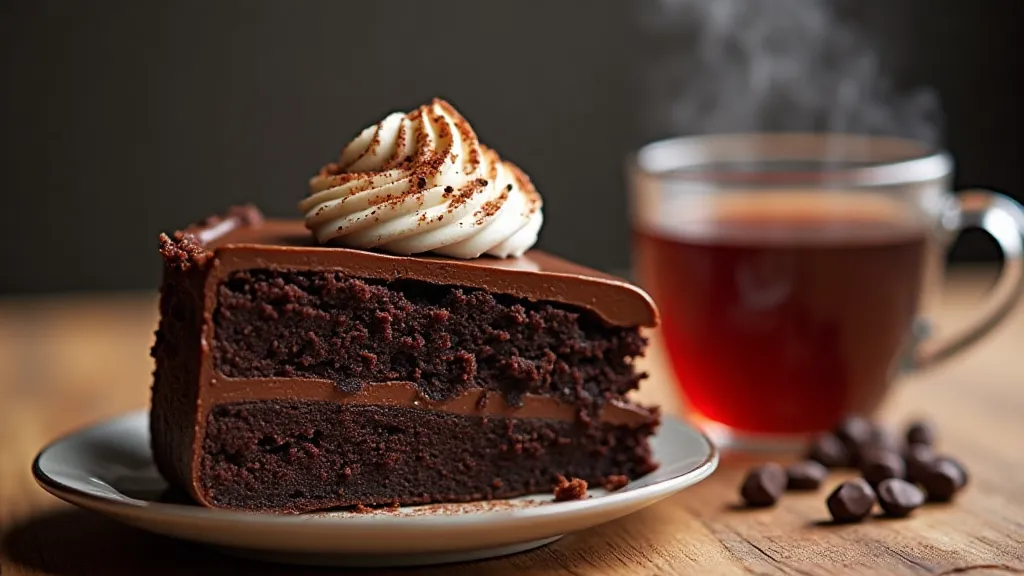
Artisan Tea Blending for Perfect Pairings
Understanding tea and food pairing opens up a world of possibilities for artisan tea blending. Selecting the right tools is also vital; exploring top 5 tea blending tools & equipment can significantly improve precision and efficiency.
- Start with the Food: Think about the food's dominant flavors and textures. What would enhance them?
- Experiment with Complementary Herbs and Spices: Don’t be afraid to try unexpected combinations.
- Consider the Intensity: Adjust the strength of the tea blend to match the richness of the food.
- Don't Forget the Aroma: A fragrant tea blend can elevate the entire dining experience.
Example Blend Ideas:
- "Mediterranean Delight" (for grilled fish): Green tea base + lemon verbena + a hint of rosemary.
- "Spiced Apple Crumble" (for apple crumble): Black tea base + cinnamon + apple pieces + nutmeg.
- "Tropical Paradise" (for fruit salads): White tea base + pineapple pieces + coconut flakes + a touch of mango.
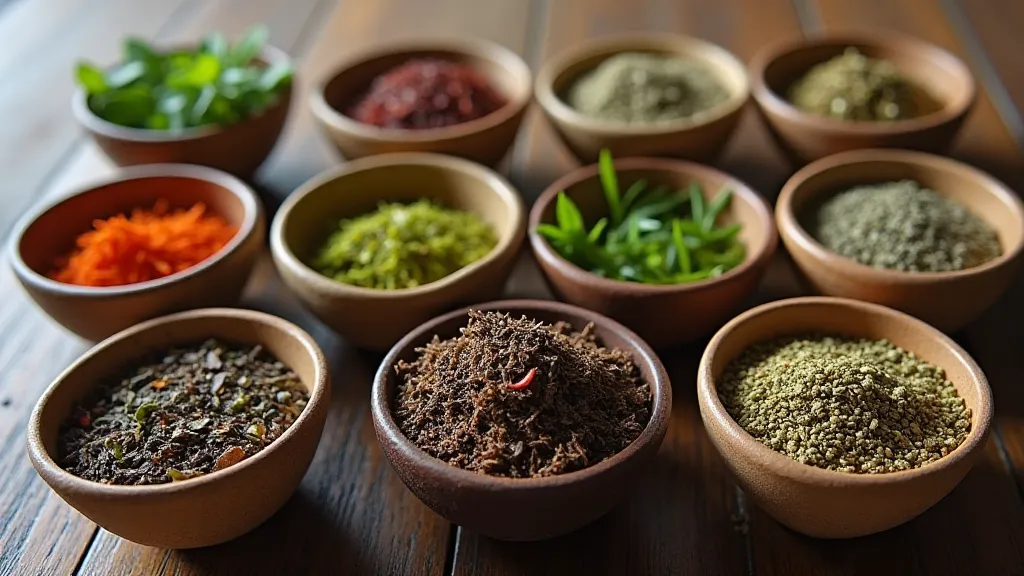
Beyond flavor profiles, understanding the health benefits is also important. Researching the health benefits of herbal tea blends can inform your choices and appeal to health-conscious consumers.
Advanced Blending Techniques and Considerations
Moving beyond the basics, truly exceptional tea blends require a deeper understanding of the interaction between ingredients. Oxidation levels play a crucial role, as do the particle size of different components. A finely ground spice will release its flavor more quickly than a coarsely ground one. Consider the tea's intended brewing method – a quick infusion for iced tea will extract different compounds than a longer, hotter brew.
Furthermore, ethical sourcing and sustainability are increasingly important to consumers. Highlighting the origins of your ingredients and your commitment to fair trade practices can differentiate your blends and resonate with a wider audience. Consumers are also drawn to unique storytelling around the tea – connecting the blend to a specific place, a traditional recipe, or a personal experience.
Conclusion
Tea and food pairing is a delightful journey of exploration and discovery. By understanding the principles of flavor interaction and experimenting with artisan tea blending, you can unlock a new dimension of enjoyment for your meals and share your blends with others. Embrace experimentation, pay attention to detail, and let your creativity guide you – the possibilities are truly endless!
